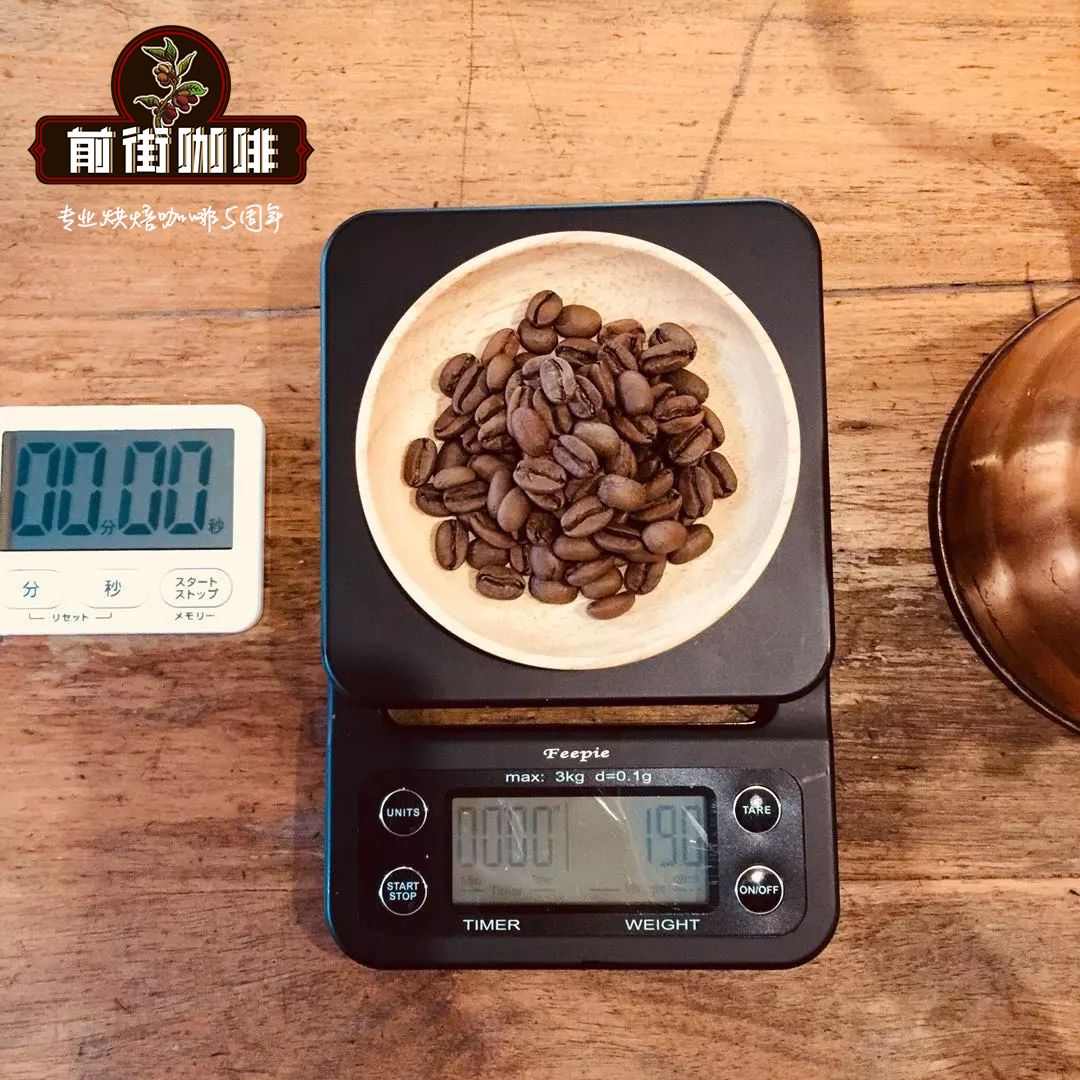What is Yemeni coffee? What are the growing characteristics of Yemeni coffee?

Professional coffee knowledge exchange more coffee bean information please follow the coffee workshop (Wechat official account cafe_style)
Yemen is located in Asia, south of Arabian Peninsula, bordered by Saudi Arabia (Saudi Arabia) to the north, Oman (Oman) to the northeast, the Red Sea (Red Sea) to the west, and the Gulf of Aden (Gulf of Aden) to the east and south.
General situation of economy and people's livelihood: China has a tropical arid climate, which is not suitable for the growth of food crops. So far, grain is not self-sufficient, and more than half of it depends on imports. However, coffee and cotton are of excellent quality. In addition, oil is the largest export commodity.
A brief History of Coffee
Yemen and Ethiopia are almost synonymous with the history of coffee.
Ethiopia is the birthplace of coffee. Yemeni coffee has a long history. Coffee cultivation has been recorded since 575 AD, and it is recognized as the first country in the world to start agricultural coffee cultivation.
Yemen is the only country in the Arab world that produces coffee, and the first popularity of coffee in the Arab world began in Yemen.
The drinking habit of coffee spread to different regions as businessmen from different places spread, but it was accepted by the world outside its origin on a large scale, starting with the large-scale export of coffee, the earliest of which was the port of Mocha in Yemen.
With the visit of the Dutch, the original small fishing village has grown into a famous port. Al Mahka, which we now call Port Mocha (above Mocha), is a must-see term when it comes to the history of coffee. Today, "mocha", which is familiar to most coffee drinkers, is written in a variety of ways. Mocha, moca, mocca and moka all originated in this unknown place of origin.
Based on the merchant's profit-seeking nature, the Arabs firmly controlled the supply of coffee for a long time, and all coffee beans exported to Europe set off from the port of Mocha. So much so that "mocha" was once regarded as synonymous with coffee.
After European countries acquired the ability to grow coffee in turn in the 17th century, the coffee from the port of Mocha still maintained a fairly high market share. The oldest blend of coffee in the world is Arabica coffee from the island of Java mixed with coffee from the port of Mocha, that is, the famous "Mocha Java Integrated Mocha Java Blend".
In the 18th and 19th centuries, with the rise of coffee producing areas in America and the formation of modern coffee supply pattern, the share of Yemeni coffee in the world supply decreased, but it did not affect its lofty status at all. Scarcity and luxury is the common feeling of many coffee drinkers outside the Arab world.
Although it is located in the Asian continent, in the coffee industry, people are more accustomed to classifying it as "North African system". There is a vivid and interesting analogy. The African continent threw a stone a little far across the Red Sea and the Gulf of Aden, that is, Yemen.
Coffee variety
100% Arabica, with many ancient varieties, today's main coffee producing areas such as Brazil, Central America and the Caribbean, the ancestors of coffee can be traced back to the origin, but they are all the descendants of Yemeni coffee.
Coffee planting
The way coffee is grown in Yemen has not changed much for hundreds of years. Coffee trees still grow on mountain terraces that have witnessed countless seasons, and coffee farmers still use ditches laid out by stones used by their ancestors centuries ago. irrigate coffee trees. Picking and follow-up treatment still follow the ancient method.
Yemeni coffee is mostly grown in high altitude areas, coupled with the dry climate, which has created the hard bean constitution of Yemeni coffee.
Many producing areas are located in remote areas and still use donkeys as a means of transshipment.
In 2006, the Yemeni Ministry of Agriculture estimated that the coffee planting area in the country was about 33260 hectares, producing 17292 tons.

Important Notice :
前街咖啡 FrontStreet Coffee has moved to new addredd:
FrontStreet Coffee Address: 315,Donghua East Road,GuangZhou
Tel:020 38364473
- Prev

The development of Yemeni coffee _ why Yemeni coffee is so difficult to be popular?
For more information on coffee beans, please follow the coffee workshop (Wechat official account cafe_style) Ethiopia is the birthplace of Arabica, but in the late 17th and early 18th centuries, the first coffee drunk by Europeans came from Yemen. At that time, all African or Arabian coffee was exported from the port of Mocha, which became synonymous with coffee and the city wall.
- Next

How is Yemeni coffee processed? What are the brands of Yemeni coffee?
Professional coffee knowledge exchange more coffee bean information please follow the coffee workshop (Wechat official account cafe_style) We now talk about the little knowledge of Yemeni coffee ~ coffee processing dry treatment. It is common for fresh coffee fruits to be dried on the roof. in addition, the older treatment includes branch drying, that is, leaving the coffee fruit on the branch and waiting for it to be naturally dried before picking. Coffee
Related
- Detailed explanation of Jadeite planting Land in Panamanian Jadeite Manor introduction to the grading system of Jadeite competitive bidding, Red bid, Green bid and Rose Summer
- Story of Coffee planting in Brenka region of Costa Rica Stonehenge Manor anaerobic heavy honey treatment of flavor mouth
- What's on the barrel of Blue Mountain Coffee beans?
- Can American coffee also pull flowers? How to use hot American style to pull out a good-looking pattern?
- Can you make a cold extract with coffee beans? What is the right proportion for cold-extracted coffee formula?
- Indonesian PWN Gold Mandrine Coffee Origin Features Flavor How to Chong? Mandolin coffee is American.
- A brief introduction to the flavor characteristics of Brazilian yellow bourbon coffee beans
- What is the effect of different water quality on the flavor of cold-extracted coffee? What kind of water is best for brewing coffee?
- Why do you think of Rose Summer whenever you mention Panamanian coffee?
- Introduction to the characteristics of authentic blue mountain coffee bean producing areas? What is the CIB Coffee Authority in Jamaica?

